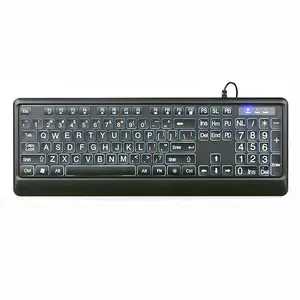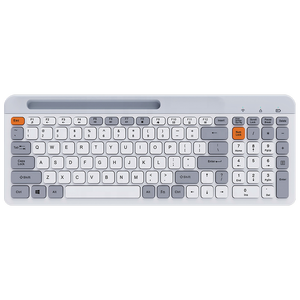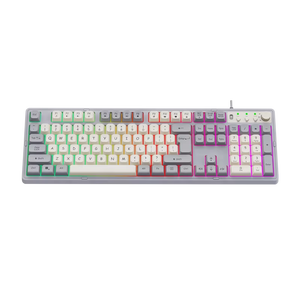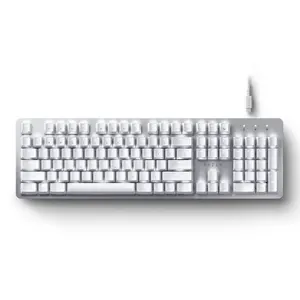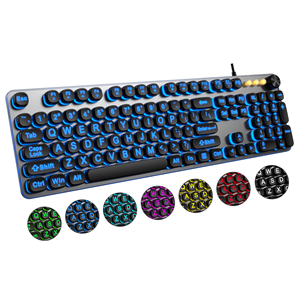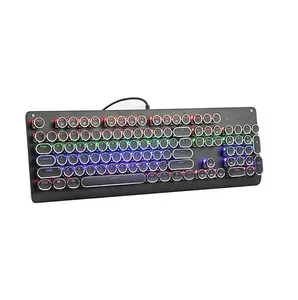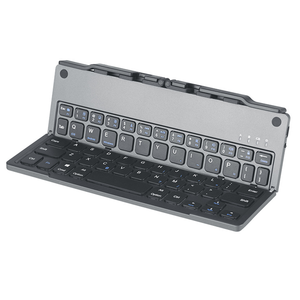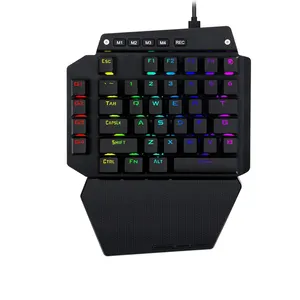Keyboard Computer Typing


 0
0






 1/30
1/30


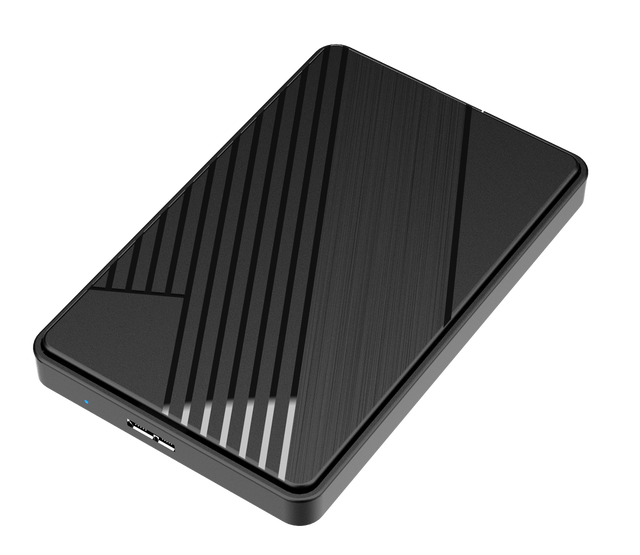
 1/1
1/1


 0
0

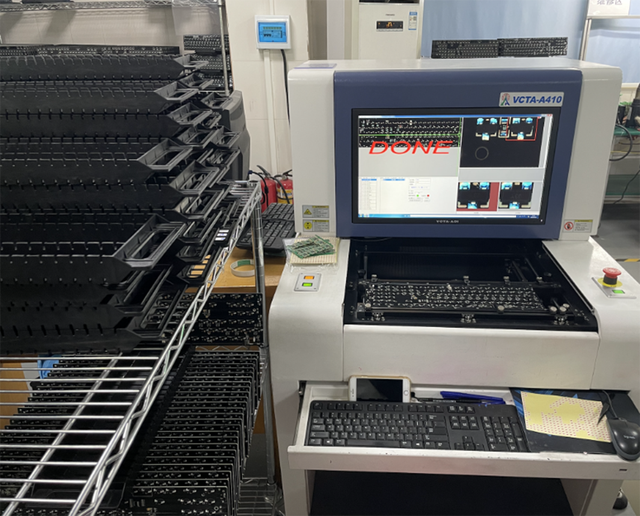

 1/3
1/3

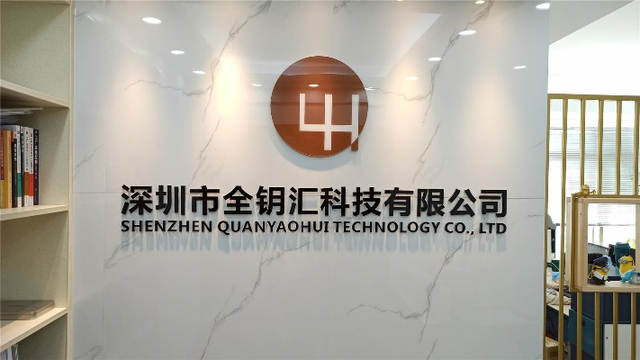

 1/2
1/2




 1/3
1/3

 CN
CN



 1/3
1/3




 1/3
1/3




 1/3
1/3





 1/19
1/19




 1/3
1/3








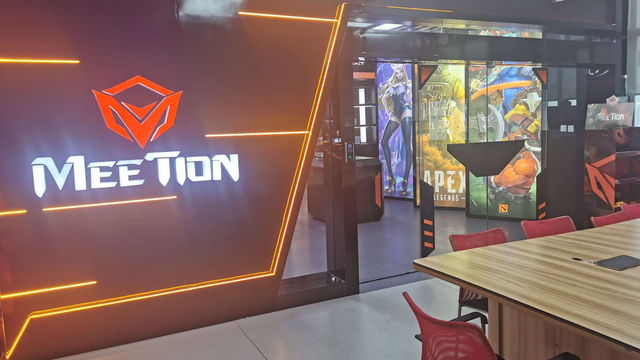

 1/3
1/3


 0
0







 1/3
1/3








 1/25
1/25



About keyboard computer typing
Where to Find Keyboard, Computer, Typing Suppliers?
China remains the dominant hub for keyboard manufacturing, with key production clusters concentrated in Guangdong and Dongguan. These regions host vertically integrated supply chains that support rapid prototyping, high-volume production, and cost-efficient component sourcing. Guangzhou and Shenzhen facilities leverage proximity to electronics component suppliers and export ports, enabling faster logistics turnaround—typically 15–25 days for bulk orders. The ecosystem includes specialized manufacturers producing membrane, mechanical, wired, and wireless typing solutions, serving both OEM and ODM demand.
Suppliers in this sector benefit from mature industrial networks where PCBs, keycaps, USB modules, and injection-molded plastics are sourced within 50km radii. This localization reduces material costs by 18–25% compared to non-specialized regions. Buyers gain access to scalable production lines capable of monthly outputs ranging from 10,000 to over 200,000 units per facility, depending on automation levels and customization complexity. Most factories operate ISO-aligned quality management systems, though formal certification varies across smaller enterprises.
How to Choose Keyboard, Computer, Typing Suppliers?
Selecting reliable partners requires structured evaluation based on operational metrics and technical capabilities:
Production and Customization Capacity
Assess whether suppliers offer in-house tooling, mold design, and surface-mount technology (SMT) for PCB assembly. Key indicators include support for language layout variations (QWERTY, AZERTY, etc.), backlighting (LED/RGB), connectivity types (USB, 2.4G wireless), and keycap materials (ABS, PBT). Verified suppliers often list customization options such as branding, switch types (linear, tactile), hot-swap compatibility, and packaging design.
Quality Assurance Metrics
Prioritize suppliers with documented quality control processes. While formal ISO 9001 certification is not universally present, performance data such as on-time delivery rates (>97% ideal) and reorder rates (>20% indicates satisfaction) serve as practical proxies. Response time under 2 hours correlates with stronger post-sale support engagement. Cross-check product listings against consistent specifications, including switch durability ratings (e.g., 50M keystroke lifespan).
Order Flexibility and Transaction Security
Evaluate MOQ requirements: sub-100-piece thresholds suit small buyers, while volume discounts typically activate at 1,000+ units. Confirm payment terms and use secure transaction mechanisms where available. Sample testing is critical—request functional prototypes to assess build quality, typing feel, and firmware stability before scaling procurement.
What Are the Best Keyboard, Computer, Typing Suppliers?
| Company Name | Location | Main Products | Online Revenue | On-Time Delivery | Avg. Response | Reorder Rate | Min. Order (Pieces) | Price Range (USD) |
|---|---|---|---|---|---|---|---|---|
| Guangzhou Leader Trade Co., Ltd. | Guangdong, CN | Gaming Mouse, Keyboards, HDD Enclosure | US $10,000+ | 100% | ≤1h | 16% | 10 | $1.55–$4.20 |
| Guangzhou Zifriend Communicate Technology Co., Ltd. | Guangdong, CN | Mechanical Keyboards, RGB Keycaps, Custom Layouts | US $130,000+ | 99% | ≤4h | <15% | 1 | $5.40–$13.99 |
| Dongguan Star Tree Electronic Technology Co., Ltd. | Dongguan, CN | Gaming Keyboards, Mouse Combos, USB Hubs | US $230,000+ | 100% | ≤2h | <15% | 1 | $2.73–$6.50 |
| Shenzhen DM Technology Co., Ltd. | Shenzhen, CN | Wireless, Backlit, Elderly-Friendly Keyboards | US $20,000+ | 80% | ≤4h | <15% | 1 | $4.40–$18.45 |
| Freenman Technology Shenzhen Limited | Shenzhen, CN | Wired, Backlit, OEM Keyboards | US $6,000+ | 50% | ≤1h | <15% | 1,000 | $2.17–$4.10 |
Performance Analysis
Dongguan Star Tree and Guangzhou Leader demonstrate strong reliability with 100% on-time delivery and low MOQs, making them suitable for trial orders and agile restocking. Guangzhou Zifriend stands out for customization depth, offering layout, switch, and RGB lighting modifications—ideal for niche or branded product lines. Despite lower reorder rates across most suppliers, high online revenue (e.g., $230,000+ for Dongguan Star Tree) suggests robust order volume and market presence. Freenman Technology targets large-scale buyers with MOQs starting at 1,000 units and competitive pricing below $2.20/unit, though its 50% on-time delivery rate presents a fulfillment risk. Shenzhen DM offers premium products like multi-mode wireless keyboards but lags in delivery consistency.
FAQs
How to verify keyboard supplier reliability?
Cross-reference on-time delivery rates with response times and transaction volume. Request evidence of quality control procedures, such as burn-in testing, ESD protection protocols, and packaging drop tests. For long-term partnerships, conduct factory audits via video tour to confirm production line automation and inventory management practices.
What is the typical sampling timeline?
Standard sample production takes 7–14 days. Custom designs involving new molds or firmware adjustments may require 20–30 days. Air shipping adds 5–10 business days internationally. Some suppliers offer free samples for future bulk commitments.
Can suppliers ship globally?
Yes, most manufacturers support international shipping via express, air, or sea freight. Confirm Incoterms (FOB, CIF), customs documentation, and compliance with destination regulations (e.g., FCC, CE, RoHS) for electronic peripherals.
Do suppliers support OEM/ODM services?
Many offer full OEM/ODM support, including custom logos, packaging, color schemes, key layouts, and firmware programming. Minimum order quantities vary—typically 500–1,000 units for full customization. Suppliers like Guangzhou Zifriend explicitly list layout, material, and switch-level personalization options.
What are common keyboard types and materials?
Membrane keyboards dominate budget segments (<$5), using rubber domes and PET film layers. Mechanical variants employ physical switches (e.g., linear, tactile) with ABS or PBT keycaps rated for 50M+ keystrokes. Materials impact durability and typing experience: aluminum frames enhance rigidity, while double-shot keycaps prevent legend wear. Backlighting ranges from single-color LED to addressable RGB systems.





















